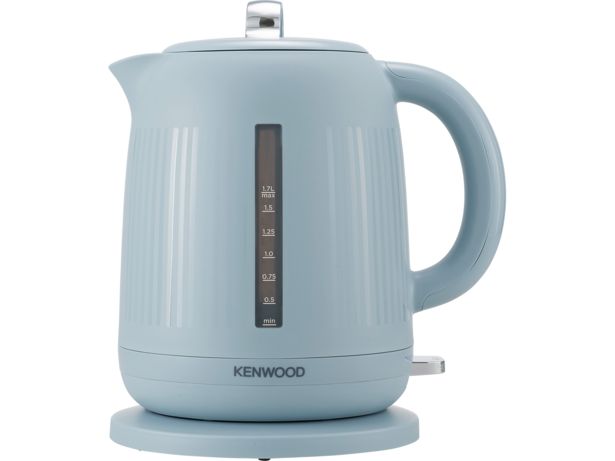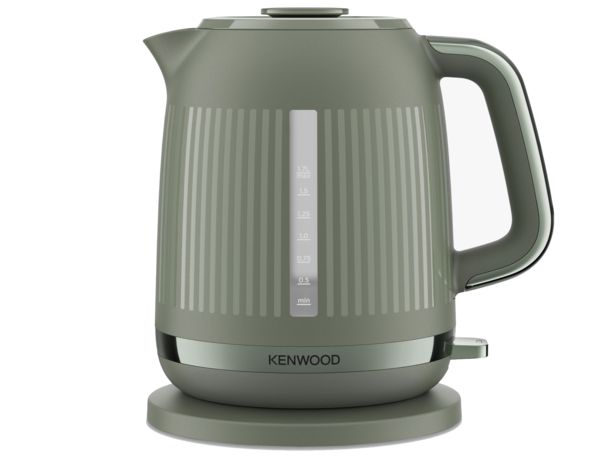Kettle features explained

Some kettles have extra features that can help make tea breaks a pleasure, not a chore. They'll either save you time when using or cleaning your kettle, or make it more comfortable to lift and pour.
Here we explain which features are useful, which are 'nice to have' and which ones you can ignore.
If you just want to see some kettles that have performed well in our tests, jump straight to our Best kettles.
Essential kettle features
Limescale filter
This is the mesh filter that is typically found in the spout, and is particularly essential if you live in an area with hard water.
It should be easy to remove for cleaning, and the mesh should be fine enough and fit well to stop any limescale from getting into your cup.
Our kettle reviews rate every kettle for how effective its limescale filter is, as well as whether it's easy to remove, clean and put back in.
Boil-dry protection
This automatically turns the kettle off if it doesn't contain enough water.
Power ratings
The power of a kettle ranges from about 2.2kW to 3kW – higher-wattage kettles are more powerful and so boil faster. Most kettles now have a wattage of 3kW, but we've found that kettles with similar power levels don't always boil at the same speed.
Each of our kettle reviews tells you how long the kettle takes to boil a litre of water, so we can guide you to the fastest models.
Water level markings
All kettles have a recommended minimum amount of water for boiling, but not every model on test has the minimum level clearly marked.
If both right- and left-handed people are going to be using the kettle, look for water level windows on both sides of the kettle. If there is a window under the handle, make sure the markings are still visible when you’re holding the handle during filling.
Our kettle reviews rate each kettle for how easy it is to see the water level, based on whether they have one or two windows or gauges, where they are positioned and how clear the markings are.

Useful kettle features
Cordless versus corded kettles
Most kettles are now 'cordless'. The power cord attaches to a separate power base so you're not restricted by the length of the cord when filling and pouring. Cord lengths for most kettles we've reviewed and rated range from 65cm to 80cm, but they can be up to 1m – useful if your power socket is in an inconvenient location.
Illuminated kettles
Most kettles have some sort of illumination to show when they're switched on. The most basic types have a simple light, but illuminating blue switches have recently become all the rage. Glowing water gauges or bases are also common, and are helpful when using the kettle in low light.
To persuade you to part with even more cash, some kettles now illuminate the entire transparent body of the kettle. The colour changes colour as the water boils - often from blue to red.
Multiple temperature settings
Some kettles let you alter the temperature the water is heated to. This is a feature particularly worth looking out for if you're going to be using the kettle to make coffee or green tea.
Coffee is best made with water that's around 90-95°C, while green tea is best with water that's 70-80°C, so look out for kettles that let you set the temperature within these ranges.
Kettle water filters
Some kettles have a built-in water filter to save you from having to use a separate water filter jug to fill your kettle. Water is poured into a top container and then filters through into the main body of the kettle. They use replaceable cartridges that generally last one to two months between changes.

Keep-warm function
When this button is pressed, the kettle keeps the water inside warm after you've boiled it, either by warming the water gently or periodically re-boiling it.
Keep-warm functions can use more energy keeping a litre of water warm for 30 minutes and then re-boiling it than would be used to simply re-boil it after a half-hour wait. So it's best to boil only the amount of water you need each time.
360-degree base
A 360-degree base means you can replace the kettle on the base to face in any direction. Most kettles now have this feature.
Concealed element
Most of the kettles we've tested have concealed elements, which makes them easier to clean, but there are still some kettles available that have exposed elements.
Cool-touch body
Some kettles have an insulated body so that the outside remains cool enough to touch, even when the water inside is boiling.
Soft-touch handle
A soft rubberised area on the handle can make it more comfortable to grip and lift.
Now find the perfect kettle for you by checking out our kettle reviews.



